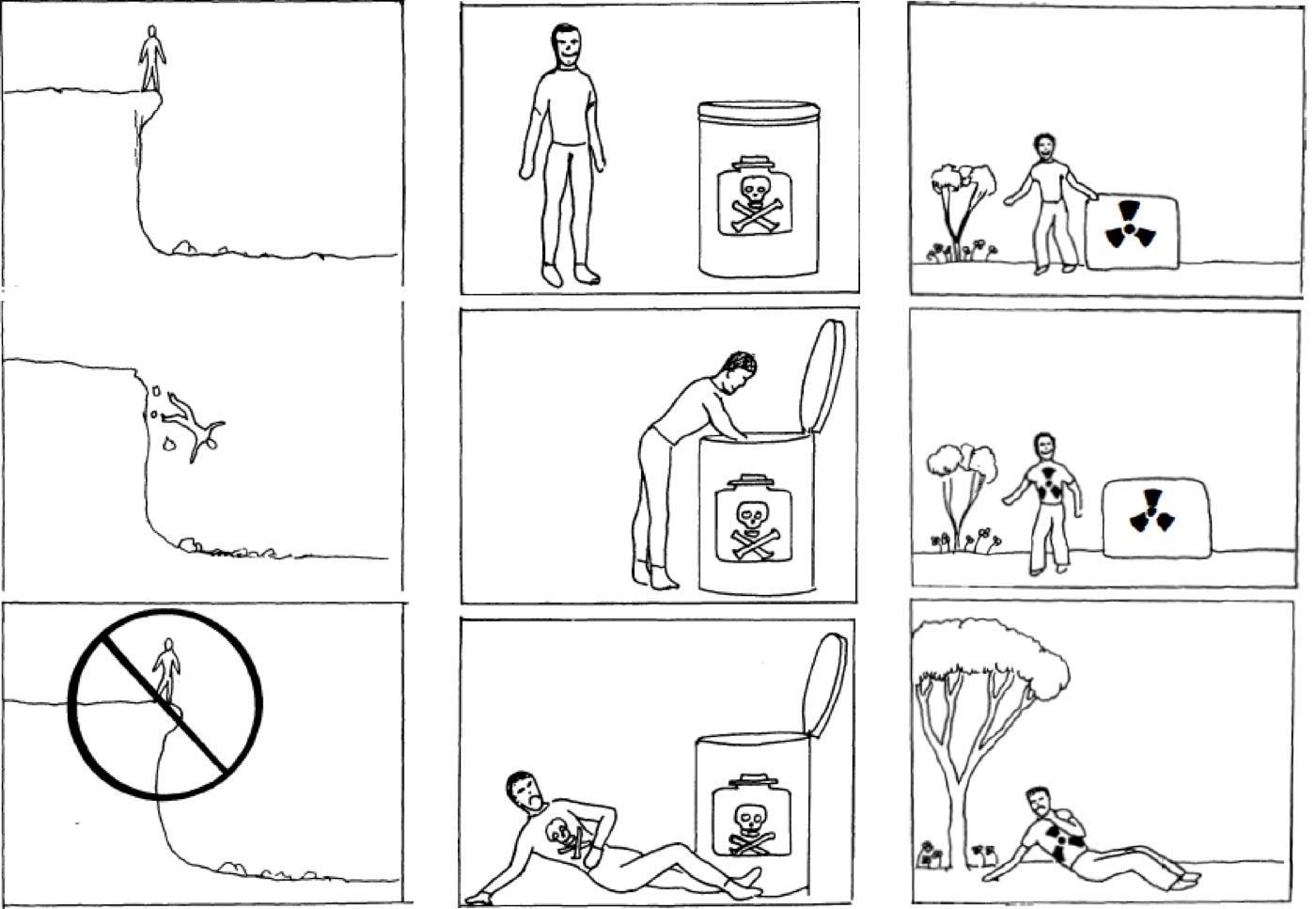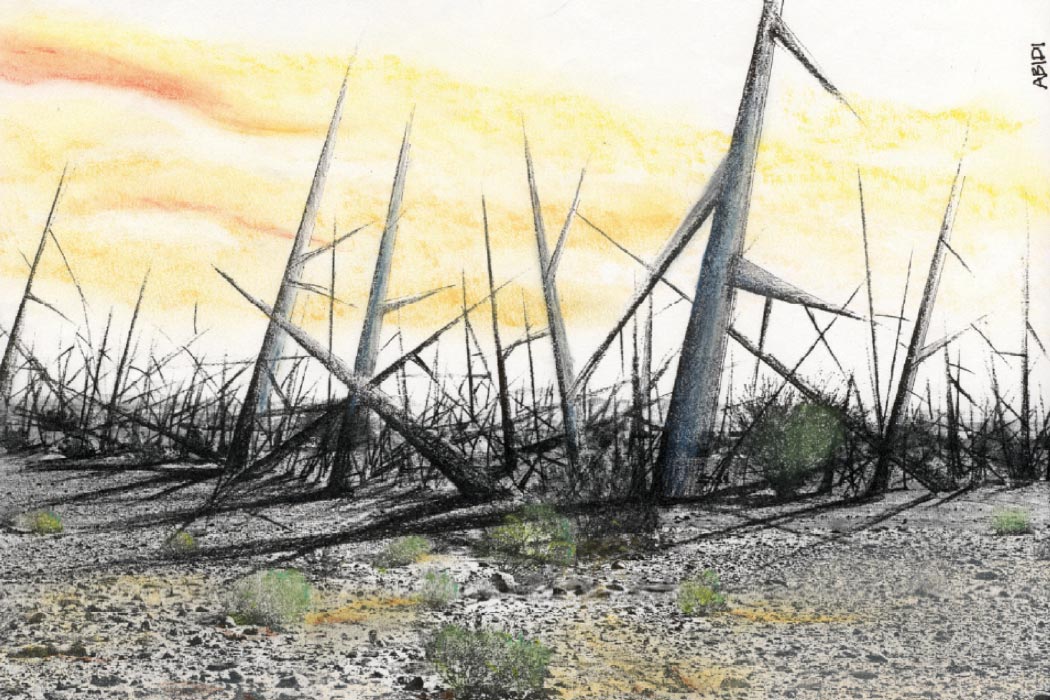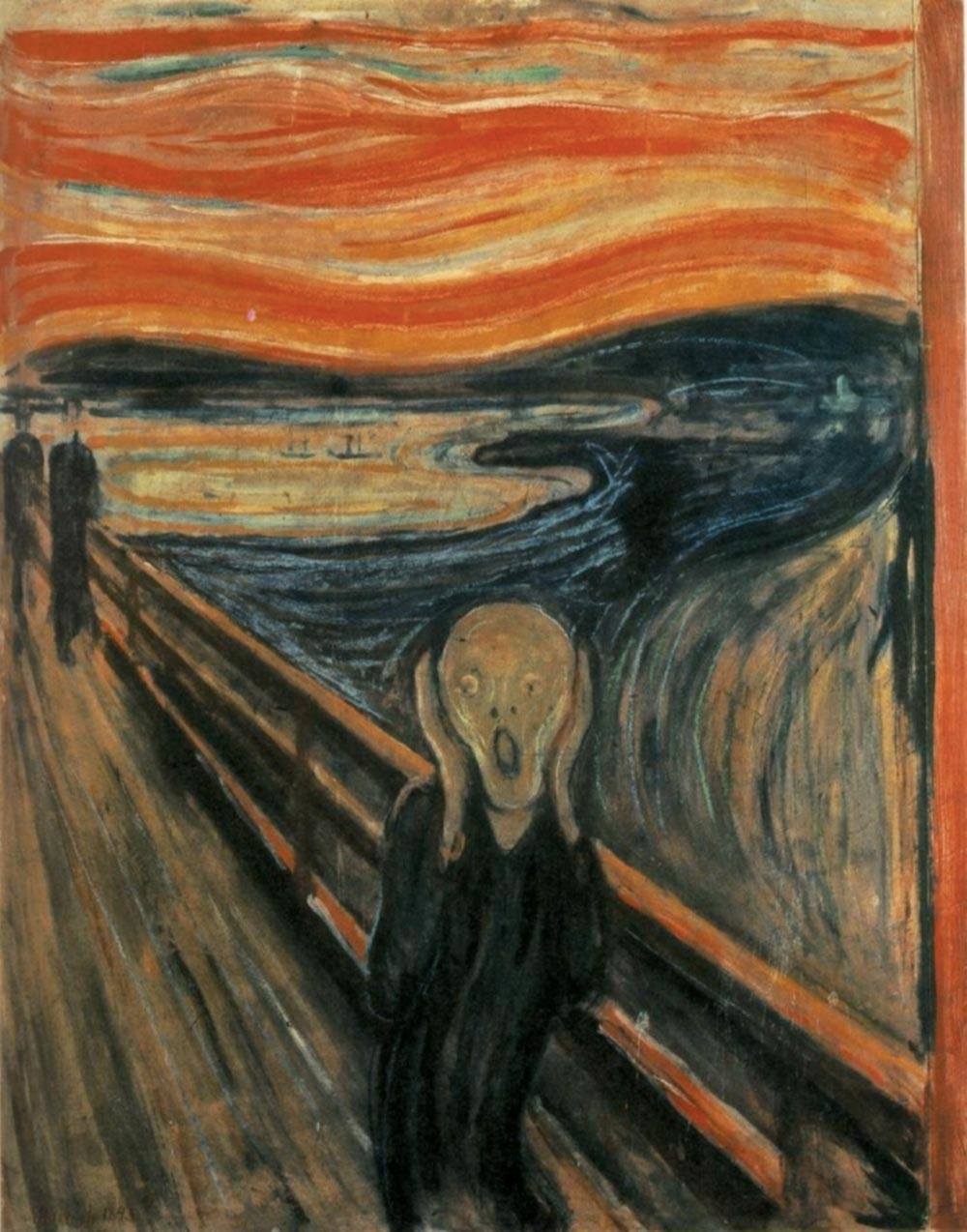Before a world that trembled beneath the threat of nuclear holocaust, William Faulkner took the stage to accept his Nobel Prize for Literature. It was 1950. The Soviets had detonated their first atomic bomb a year earlier, and Truman had responded by announcing plans to build a bomb 500 times as powerful as the one that brought World War II to a terrifying close in Nagasaki. In the face of all this, Faulkner maintained that art could be “one of the props, the pillars to help [man] endure and prevail.” The greatest threat to human life, he believed, was not the bomb itself, but failures of understanding and empathy that might lead one society to drop it on another.
John Steinbeck concurred. A decade later, with the world in the grip of the Bay of Pigs conflict, he concluded his Nobel Prize speech by paraphrasing Saint John the Apostle: “In the end is the word, and the word is man, and the word is with man.” Where there are failures of understanding, art might just save the day.
But what if the day in question is not today, not tomorrow, but 24,000 years from now, when no known languages are spoken? What if the enemy is not some foreign power, but an ancient civilization? And what if the great threat to human life is no longer a bomb dropping down from above but waste creeping up from below? Will art come to our rescue then?
Believe it or not, the United States government has been asking these very questions for more than 50 years.
***
The story begins in the interval between the two speeches by Faulkner and Steinbeck, when questions began to arise about the safe disposal of radioactive waste. Where should the waste be stored to keep ordinary citizens at a safe distance? And what about the safety of future generations, since transuranic waste is believed to remain highly toxic for more than 24,000 years?
As early as 1973, the government agency that would become the Department of Energy (DOE) recognized an ethical obligation to store nuclear waste in a way that would prove least harmful to humans deep into the future. Thus the Waste Isolation Pilot Plant (WIPP) was conceived. At first it seemed an engineering challenge par excellence: build containers for nuclear waste that could outlast the toxicity, bury them in a remote place, and the case would be closed. However, as NPR reported, a radioactive leak at the WIPP in 2014 suggests this is easier said than done.
But even supposing we surmount this engineering challenge, what if future humans discover and unknowingly tamper with the containers? As the environment changes, what is now a forbidding or remote area might one day seem a promising resting place for the explorers of a future race. Suppose that, in the process of building a subway, there is a clink of metal and the discovery of an ancient artifact. Another thrust of the shovel and a giant container of some kind emerges—perhaps it is a coffer of lost treasure. It’s hard to imagine that future humans will be able to resist taking a closer look.
In 1979 the DOE chose a spot in the salt beds of the Delaware Basin, some 26 miles east of Carlsbad, New Mexico. A team of engineers and scientists had designed containers that could store low-level transuranic waste safely for an estimated 10,000 years. But even in the best of circumstances—that is, with no interference on the part of future humans—that would leave 14,000 years of unprotected toxicity. In the possible absence of any known human language, some universal warning system would have to be developed, as the DOE realized.
So, in an unlikely and perhaps unprecedented turn of events, the federal government put its money on the hope that art could pick up where science left off.
***
But it hedged its bets. In 1991 the DOE assigned two teams of experts to the task of devising a marking system for the WIPP that would communicate its hazard to humans many millennia into the future. The teams were made up of scientists, scholars, and professionals from a wide variety of fields. The strategy was to throw the kitchen sink of communicative practices at future humans. And indeed they did: both sets of final recommendations feature warning strategies of so many kinds that what they manage to convey, above all, is a shared anxiety that any of their efforts would prove decipherable so far into the future.
Both teams recognized that the chief difficulty was the inescapable cultural specificity of symbols. Many of our ordinary modes of communicating danger today might fail to signify across nearby borders, let alone across great distances of time. But each team used a different strategy to overcome this challenge. Team A proposed an archetypal solution—a maximally unappealing work of architecture that would appeal to the affective powers of future humans. Team B proposed a narrative solution—a series of pictographs or comic strips that would appeal instead to their cognitive powers.
Team A’s guiding belief was that, although human symbols might be culturally specific, human physiology would remain largely unchanged across the relevant millennia. As environmental critic and cultural theorist Peter C. van Wyck puts it, “they began with the assumption that certain physical forms have the capacity to convey extralinguistic, stable pancultural meaning.” They reasoned, therefore, that evoking foreboding or disgust would be the best safeguard against human intrusion. Future humans would be guided away from the site not by a message from without, but by a feeling from within.
Team B had offered a narrative solution, pictographs that contextualize a symbol:

Messages such as these were to figure prominently—along with linguistic scripts, complex scientific diagrams, and maps of nuclear landmarks—on free-standing monoliths that would surround a massive earthwork in the shape of a symbol. Man is, after all, the symbol-using animal.
Team B was more optimistic than Team A that symbols could be transmitted across time. Both teams’ plans feature a gargantuan monument surrounded by earthen berms, granite markers, and information in many languages. But whereas Team B wished to attract visitors to the center of the monument so that complex messages could be communicated, Team A wished to cut visitors off at the pass, luring them in only far enough that they could be sufficiently affected by the monument’s utter abjectness.
Amid more traditional warning signs, which included berms engraved with Edvard Munch’s The Scream (1893), the pièce de resistance of Team A’s recommendation was the architectural marker at the center of the monument. The concept was informed by a careful reading of mythologist Joseph Campbell on the subject of archetypes. “Many argue,” the team wrote, “that the origins of our strong feelings and meanings in [sacred places and monuments] come from their resonance with something already inside us, like templates in the mind.” For example, vertical stone markers—obelisks—tend to memorialize persons and places of honor: “A vertical stone means: an aspiring connector between us (on earth) and an ideal (up there); that we ‘stand up’ with pride about this honored phenomenon.” Thus the team decided to favor design prototypes that inverted this ideal—slanted masonry markers whose “form feels dangerous, more like jagged teeth and thorns than ideals embodied.”
The prototypes, conceived by the environmental designer Michael Brill, are (in some cases) masterpieces of anti-idealist art, however unsubtle they might be of theme and title—for instance, “Black Hole,” “Forbidding Blocks,” “Landscape of Thorns,” and “Leaning Stone Spikes.” The designs endeavor to communicate “danger to the body… wounding forms, like thorns and spikes, even lightning.”

The sublimity and horror of the spectacle would be reinforced by the sheer magnitude of the construction. It was to be “colossal in scale,” 100 feet off the ground, with a perimeter of 16 miles—of a size sufficient “to distinguish this place from all other types of places, so that the future must pay attention to this site.”
It does not take a finely tuned ear to detect a certain waffling between the desire to attract and the desire to repel visitors in either team’s proposal. This is no accident. Visitors must first be attracted close enough to the monument to be repulsed by it (Team A), or close enough to be instructed that they should avoid it (Team B). A materials scientist on Team A, Dieter Ast, wrote that “a marker system should be chosen that instills awe, pride, and admiration, as it is these feelings that motivate people to maintain ancient markers, monuments, and buildings.” Perversely, the need to attract visitors requires that the nuclear waste monuments be preserved in the manner of our most sacred relics.
***
The DOE’s 2004 “Implementation Plan” for the permanent markers at the WIPP was billed as a compromise, but it is difficult to see it as anything less than a decisive victory for Team B. The final design for the markers—to be built and sealed in the 2040s—features a 16-mile perimeter dotted with 32-foot-tall granite pillars. These are to be engraved with written warnings and the terrified visage of Munch’s screamer. Increasingly detailed information about the site will encourage visitors toward the center of the monument, where there will stand an enormous earthwork, within which visitors will encounter an information room decorated with more engravings of The Scream.


The plan offers little to explain why the DOE balked at Team A’s proposal. One suspects that it would have cost a great deal of money and required a great deal of labor. But perhaps the choice of Team B’s proposal also betrays a twinge of sheepishness from the DOE. What would it say about a society if the most ambitious artistic undertaking in its history marked the place where it had poisoned the earth for what could be the rest of human history? Might a colossal “Landscape of Thorns” cut too close to the archetypal essence of what lies beneath? And is the Waste Isolation Pilot Plant really the sort of place toward which the DOE wants the world to turn its attention forever?
It is difficult not to wonder if a personal note appended to Team A’s 1991 recommendation by the linguist Frederick Newmeyer might have stoked some of these concerns. “If the collective proposals of Team A are carried out,” he writes, “the WIPP site will quickly become known as one of the major architectural and artistic marvels of the modern world. Quite simply, there will be no keeping people away.” The recent radiation leaks only confirm what must have been obvious to the DOE in 2004—that building a nuclear tourist attraction in the desert carries with it a certain degree of risk.
But if Team A’s anti-idealist monument risks attracting too many people to the WIPP, the earthwork chosen by the DOE risks attracting too few. It is unlikely that any of our known languages, or even any of our cultural indices, will survive 800 generations into the future. But the odds spike precipitously in our favor if one of the world’s great architectural marvels beckons generations of tourists to its increasingly strange hieroglyphics. Taking liberties with Steinbeck, we might say that if the word is indeed to be with man, man must be with the word, generation after generation.
Once a Week
A titanic “Landscape of Thorns” rising from the salt flats of the Delaware Basin, rising from the twisted rootstock of the imagination through the ghostly fingers of human effort—such a marvel might compel the kind of imperishable curiosity that it would take to warn the future of the waste that lies below. A nondescript earthwork surrounded by granite obelisks, on the other hand, risks being forgotten among superior wonders of the world. Or worse. Suppose some wanderer in the desert, millennia away, stops to wonder at the peculiar faces frozen with horror in the granite. Perhaps he draws his hand over the strange markings. And then, compelled by that most human of desires—the wish to establish a connection with the past—he begins to dig.







